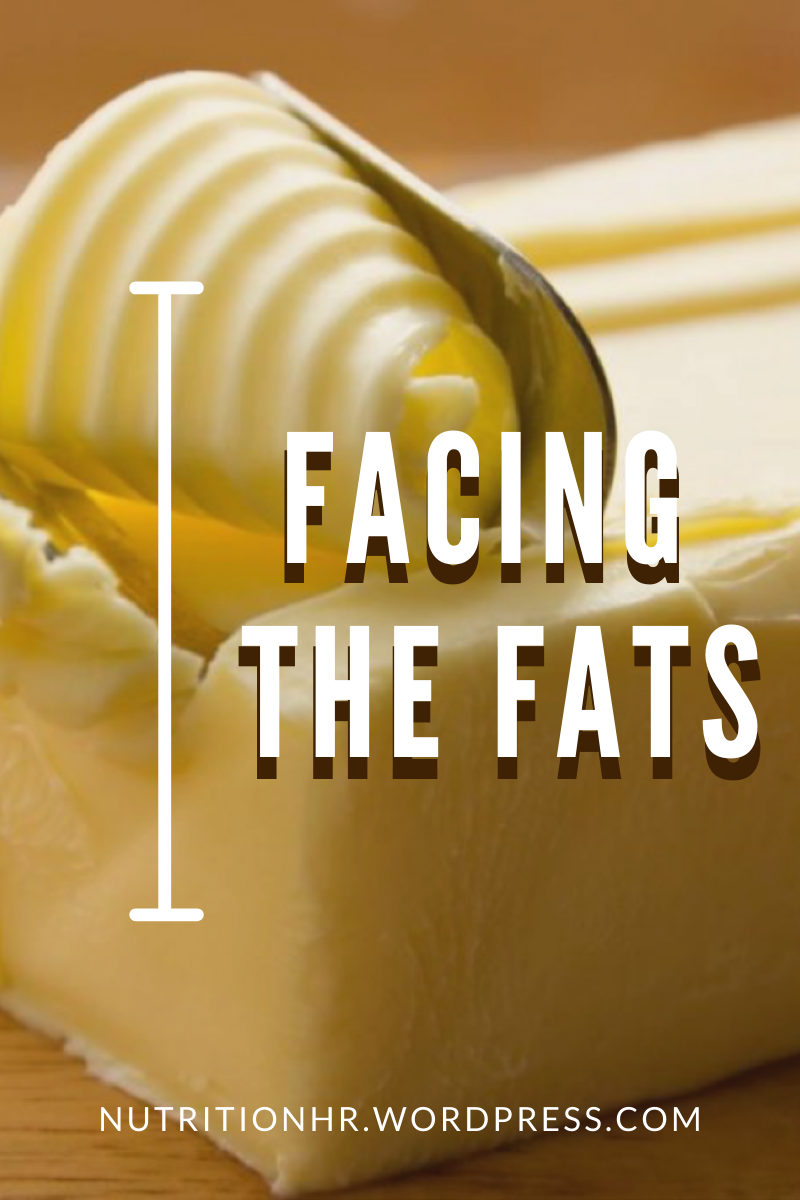
Facing the Fats: Unsaturated Fats and trans-fats (Part 2)
To recap, triglycerides are what we typically call fats or oils which consist of 3 fatty acids fused to a glycerol backbone.

Fats can come from animal or plant sources, providing and assisting with the absorption of fat-soluble vitamins such as Vitamin A, D, E and K, along with essential fatty acids (EFAs). As we stated in part 1, the structure of fat has a big role in its function and you’ve probably heard lots about unsaturated vs saturated fats, trans fats or even weird abbreviations like MUFA, PUFA, EPA and DHA. So, what are these?
What are monounsaturated fats?
If you recall, saturated fats which come from animal sources, have as many hydrogens as possible surrounding the carbon atoms and can fit closely together like strands of wool closely packed to make a solid sweater. So typically, saturated fats are solid at room temperature, while unsaturated fats have fewer hydrogen atoms bonded to the carbon chain, forming kinks in the structure and enabling these lipids to be liquid at room temperature. Many unsaturated fats are available from plant sources.

